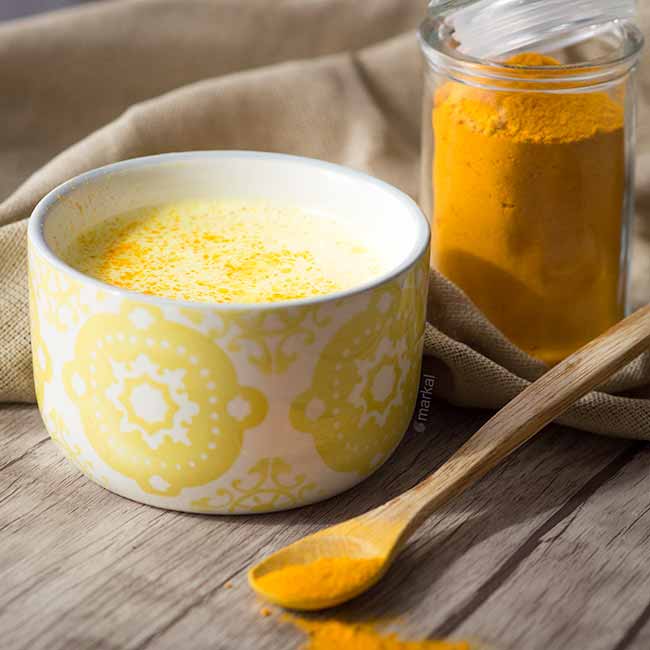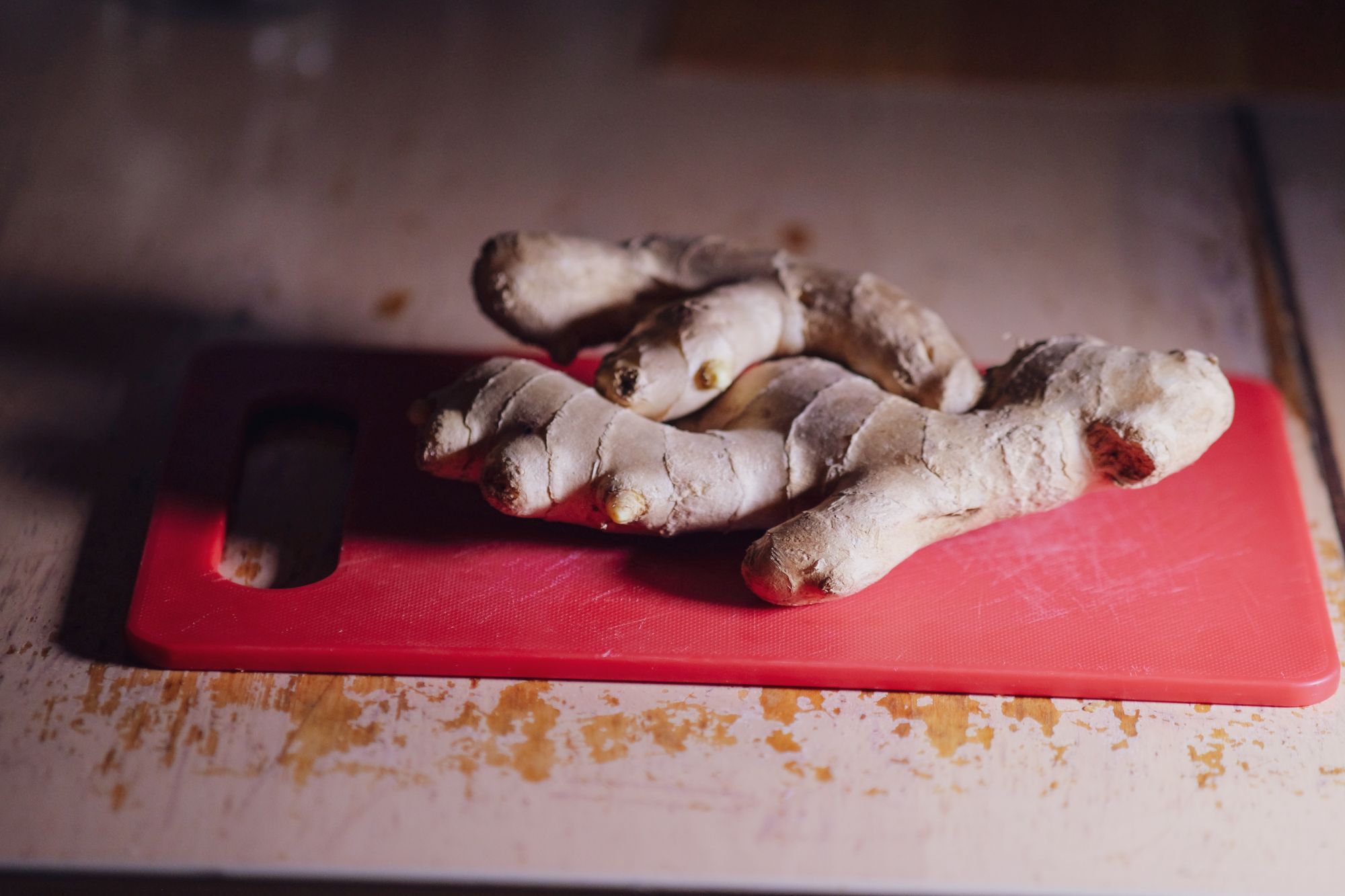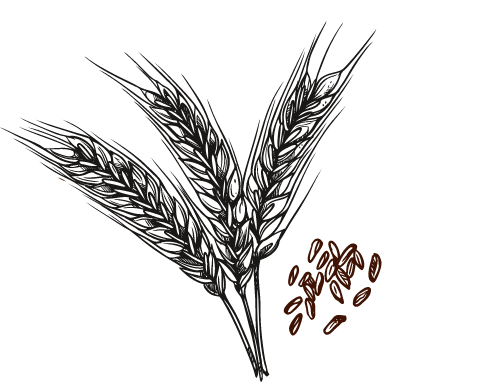Ginger and turmeric are legends in the world-famous family of spices. Deliciously fragrant, easy to use and rich in benefits, these two roots have their rightful place on our plates – on a daily basis, and in large amounts!
Turmeric and ginger: the queens of spices

Both are plants of the Zingiberaceae family, whose rhizomes, or underground stems, are used in cooking as well as in traditional medicine. This has been the case for millennia. Ginger and turmeric are the two most popular spices of the moment!
Turmeric is believed to originate from South or South-East Asia. A sacred spice in India, it has been cultivated there since ancient times, to the point where it is sometimes nicknamed Indian saffron. A star of Indian, Asian and Creole cuisine, it is also used as a dye because of its golden colour. Ginger also originates from India and is a staple in most Asian cuisines. Like turmeric, it has been used for thousands of years in Ayurvedic and Chinese medicine to combat pain, calm inflammation and aid digestion.
How to consume turmeric and ginger
Turmeric and ginger can be found as rhizomes in the fruit and vegetable section of supermarkets and organic shops. Once peeled, they can be grated, chopped or sliced. Be careful: the yellow colour of turmeric rubs off on the skin within seconds. Both are also available in powder form, which is a simpler option but is sometimes less concentrated in flavour. Another idea? Candied ginger and turmeric!
Whatever their form, favour spices grown in their region of origin, usually India or China. Better still, choose organic spices for a healthy diet. As for storing them? Candied ginger and turmeric can be kept for weeks or even months. In powder form, they last for months or even years. However, when fresh, they should be consumed very quickly. In this case, peel them, cut them into pieces and then freeze them – they will be all the easier to grate and will thaw directly in the dish within a few seconds.
How to cook turmeric and ginger every day
Both turmeric and ginger can be added to the vast majority of savoury dishes and to a large number of hot and cold sweet recipes. Preferably incorporate powdered spices at the beginning of cooking. Freshly grated spices can be added at the end, and the candied version can be used as an accompaniment, such as candied ginger with sushi.
Running out of ideas? Add a pinch to stews, stir-fries and soups, to the cooking water of cereals or to vinaigrettes: turmeric offers a warm and spicy flavour, while ginger imparts heat and tang. Turmeric can colour golden milk, a seed bread, a tofu curry or a carrot soup. Ginger can flavour a strawberry and rhubarb tart, a courgette risotto, a lentil salad or a pea spread. Ginger and turmeric can even be combined in lemon meringue cupcakes or a split-pea dhal!









